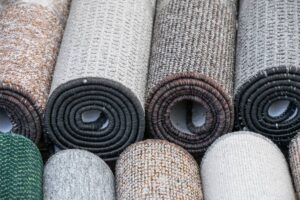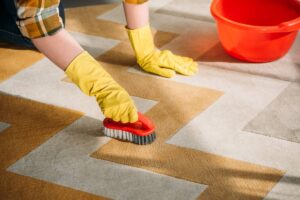Choosing the perfect carpet for your home, especially with kids and pets running around, can feel like a daunting task. But don’t worry! Most modern carpet styles are designed to withstand heavy traffic, making them suitable for busy households like yours.
When making your decision, consider factors such as your personal style, budget for renovations, and how much cleaning you’re willing to tackle. To make things easier, we’ll walk you through durable yet comfortable carpet styles that can handle the hustle and bustle of your daily life. Areas like your living room, stairs, and hallways endure a lot of foot traffic, so it’s essential to choose a carpet that can stand up to the challenge.
How many types of carpets are there?
When it comes to carpets, there’s a world of variety out there! Let’s break it down in a simple and easy-to-understand way.
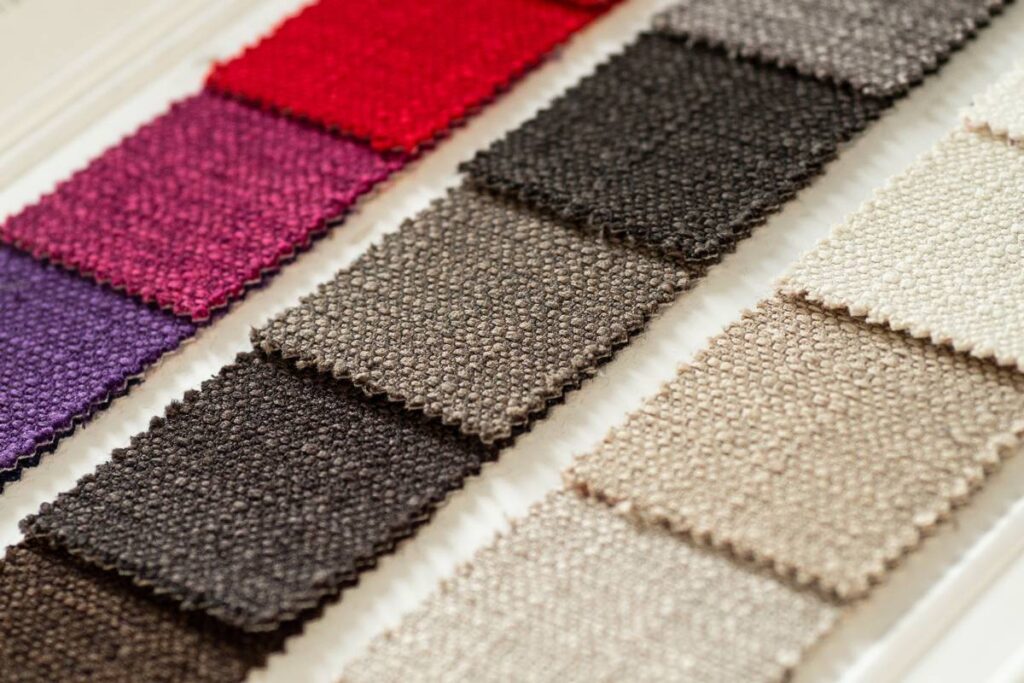
First off, carpets can be divided into several types based on their construction, materials, and style. Here are the main categories:
- Cut Pile Carpets: These are your standard carpets with yarn loops cut at the top. They come in different lengths and styles, such as plush (short, dense fibres), Saxony (longer fibres), and frieze (twisted fibres for a textured look). Cut-pile carpets are soft and great for living rooms and bedrooms.
- Loop Pile Carpets: In contrast to cut pile, loop pile carpets have uncut loops of yarn. They’re durable and often used in high-traffic areas like hallways and offices. Berber carpets are a popular type of loop pile carpet known for their tight loops and rugged texture.
- Cut and Loop Pile Carpets: As the name suggests, these carpets combine both cut and looped fibres to create patterns or textures. They offer a blend of softness and durability, making them suitable for various spaces.
- Natural Fiber Carpets: Made from materials like wool, sisal, jute, or seagrass, natural fibre carpets are eco-friendly and offer a unique texture. They’re often sought after for their sustainability and natural aesthetic.
- Synthetic Fiber Carpets: These carpets are made from synthetic materials like nylon, polyester, or polypropylene. They’re typically more affordable than natural fibre carpets and come in a wide range of colours and styles. Nylon carpets, in particular, are known for their durability and stain resistance.
- Woven Carpets: Woven carpets are crafted on a loom, where fibres are interlaced to create intricate patterns and designs. Axminster and Wilton are two common types of woven carpets known for their quality and craftsmanship.
- Tufted Carpets: Tufted carpets are made by punching yarn into a backing material, which is then coated with latex for stability. They’re versatile and can be found in various styles and price ranges.
- Needle-Felt Carpets: These carpets are made by mechanically entangling synthetic fibres through a needle-punching process. They’re often used in commercial settings due to their durability and sound-absorbing properties.
- Carpet Tiles: Instead of traditional broadloom rolls, carpet tiles are smaller, modular pieces that can be installed in different patterns. They’re easy to replace and perfect for areas with heavy foot traffic or where spills are common.
- Shag Carpets: Shag carpets feature long, plush fibres that create a luxurious and cosy feel underfoot. They’re ideal for adding warmth and comfort to bedrooms or living areas.
Each type of carpet has its own unique characteristics and advantages, so it’s essential to consider factors like durability, maintenance, and style preferences when choosing the right carpet for your space.

What is the most comfortable carpet to walk on?
When it comes to comfort underfoot, not all carpets are created equal. Some carpets are softer and more luxurious to walk on than others. Let’s explore the characteristics of the most comfortable carpets to help you choose the perfect one for your space in a clear and easy-to-understand manner.
- Plush Carpets: Plush carpets are renowned for their velvety softness and luxurious feel. They feature densely packed, evenly cut fibres that create a smooth and inviting surface to walk on. The thick pile of plush carpets provides excellent cushioning and support, making them ideal for bedrooms and living rooms where comfort is paramount.
- Shag Carpets: Shag carpets are synonymous with cosiness. They boast long, loose fibres that create a deep, plush pile reminiscent of a fluffy cloud. Walking on a shag carpet feels like sinking your toes into a soft, warm embrace. These carpets add a touch of retro charm to any space and are perfect for creating a cosy ambience in bedrooms and lounges.
- Frieze Carpets: Frieze carpets, also known as twist carpets, feature tightly twisted fibres that create a springy and resilient surface. The twisted yarns help hide footprints and vacuum marks while providing a soft and comfortable feel underfoot. Frieze carpets offer a balance of durability and comfort, making them suitable for high-traffic areas like family rooms and hallways.
- Cut Pile Carpets with a High Density: Carpets with a high pile density have more fibres per square inch, resulting in a softer and more cushioned feel. Cut pile carpets with a high density offer exceptional comfort and durability. The dense construction helps reduce noise and provides superior support underfoot. These carpets are well-suited for areas where comfort and longevity are top priorities, such as living rooms and playrooms.
- Wool Carpets: Wool carpets are prized for their natural softness and luxurious texture. Wool fibres are incredibly fine and soft, making them a delight to walk on barefoot. Additionally, wool has inherent moisture-wicking properties, helping to regulate humidity and maintain a comfortable indoor environment. While wool carpets may require a bit more maintenance, their unparalleled comfort and durability make them a worthwhile investment for any home.
- Carpet Padding: Regardless of the carpet type, the right carpet padding can significantly enhance comfort underfoot. Thick, dense padding provides extra cushioning and support, reducing fatigue and minimizing impact on joints. When selecting carpet padding, opt for materials like foam or rubber that offer superior resilience and longevity.
Ultimately, the most comfortable carpet to walk on depends on personal preference and specific needs. Whether you prioritize softness, durability, or ease of maintenance, there’s a perfect carpet out there to meet your requirements. Take the time to explore different options and consider factors like fibre type, pile height, and density to ensure you select a carpet that not only looks great but also feels heavenly underfoot.
What type of carpet is most durable?
The durability of carpet depends on several factors including the type of fibre, construction, and pile density. Generally, carpets made from nylon or wool fibres tend to be the most durable.
Nylon is known for its resilience and resistance to wear and tear, making it a popular choice for high-traffic areas. Wool is also durable and naturally resistant to stains and crushing, but it may require more maintenance. Additionally, carpets with a low, dense pile and a high twist level are typically more durable as they can withstand heavy foot traffic and resist matting and crushing.
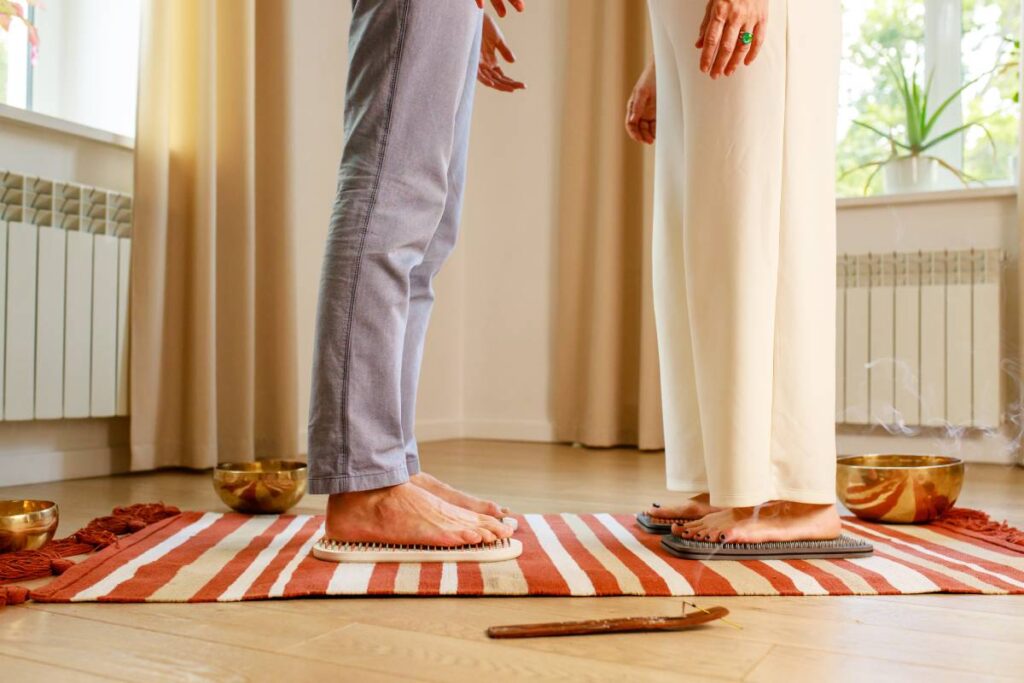
Some of other well-known for durable carpets are:
- Polypropylene (Olefin) Carpets: Polypropylene, also known as olefin, is another popular synthetic fibre valued for its durability and affordability. Olefin carpets are resistant to moisture, mould, and mildew, making them suitable for basements, bathrooms, and other areas prone to moisture exposure. While not as resilient as nylon, polypropylene carpets offer excellent stain resistance and colourfastness, making them a practical choice for busy households.
- Wool Carpets: Wool is a natural fibre prized for its exceptional durability and resilience. Wool carpets can withstand heavy foot traffic and maintain their appearance for many years with proper care. Wool fibres are naturally resistant to crushing and matting, ensuring long-lasting beauty and performance. Additionally, wool carpets have inherent soil and stain resistance, making them easier to clean and maintain compared to synthetic carpets.
- Berber Carpets: Berber carpets are characterized by their looped construction, which provides excellent durability and resistance to crushing. The tight loops help conceal dirt and footprints, making Berber carpets ideal for high-traffic areas like entryways, stairs, and commercial spaces. Additionally, Berber carpets are available in both wool and synthetic fibres, offering a range of options to suit different preferences and budgets.
- Cut and Loop Carpets: Cut and loop carpets combine the durability of looped fibres with the softness of the cut pile, resulting in a versatile and resilient flooring option. The textured surface helps hide stains and wear, making cut-and-loop carpets a practical choice for active households. These carpets are available in various styles and patterns, allowing homeowners to achieve the perfect balance of durability and design.
- Commercial-Grade Carpets: For environments with extreme durability requirements, such as offices, hotels, and retail spaces, commercial-grade carpets are the go-to option. These carpets are engineered to withstand heavy foot traffic, frequent cleaning, and other challenges associated with commercial settings. They often feature dense fibres, tight construction, and advanced stain-resistant treatments to ensure long-lasting performance in demanding environments.
The Take Away
When we talk about carpet manufacturing and its impact on the environment, there have been significant advancements. For instance, many manufacturers are now using recycled materials like soda and water bottles to create carpet fibres. These bottles undergo a process where they’re sorted, cleaned, ground into chips, melted, and then spun into carpet yarn. Additionally, some carpet fibres are even made from corn sugar. Manufacturers are also making strides towards greener production methods by reducing greenhouse emissions and increasing the lifespan of carpets to minimize waste. At the end of a carpet’s life, it can be recycled into new carpet or other products like roofing shingles and automotive parts, further reducing its environmental impact.
Aside from its eco-friendliness, carpet offers various benefits in terms of comfort and functionality. It acts as a good thermal and acoustic insulator, providing warmth and reducing noise in a room. Its slip-resistant surface makes it safe to walk on, and it’s comfortable for children to play on. With a wide range of colours, patterns, and textures available, carpet allows for plenty of design options to suit any space. Some carpet styles are also designed to trap allergens, contributing to improved indoor air quality.
However, it’s important to note that not all carpets are created equal. While carpet is generally low-cost and easy on the feet, it does require regular maintenance to keep it clean and in good condition. Certain types of carpet may soil easily, and loops can be prone to snagging. Additionally, compared to hard surfaces, carpets have a shorter lifespan and may need to be replaced more frequently. It’s also advisable to avoid carpets that emit volatile organic compounds (VOCs), which can have negative health effects.

